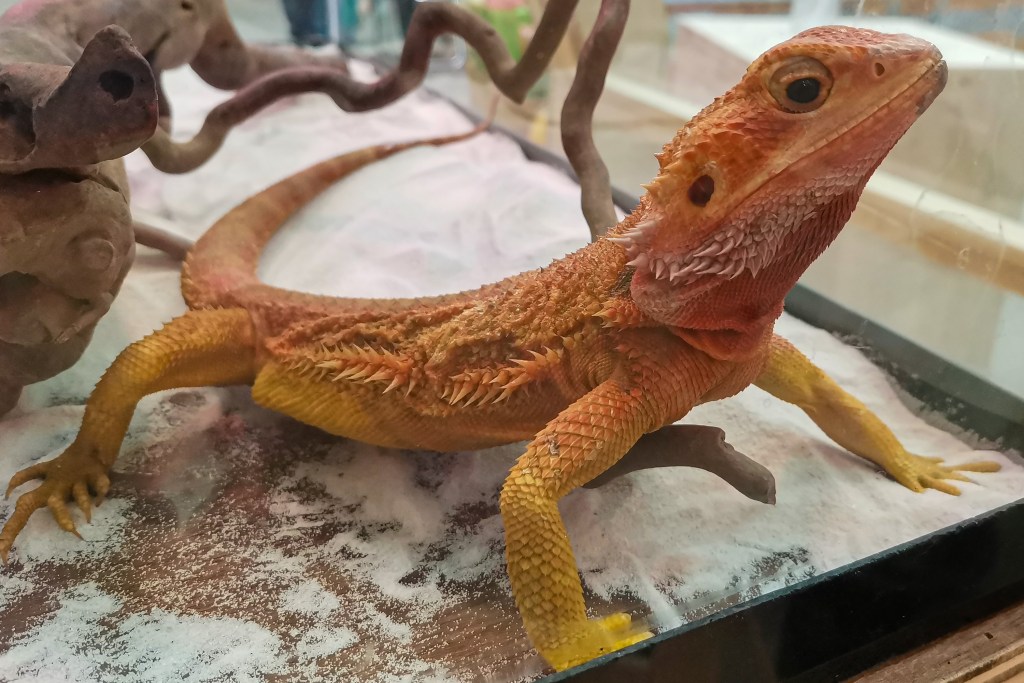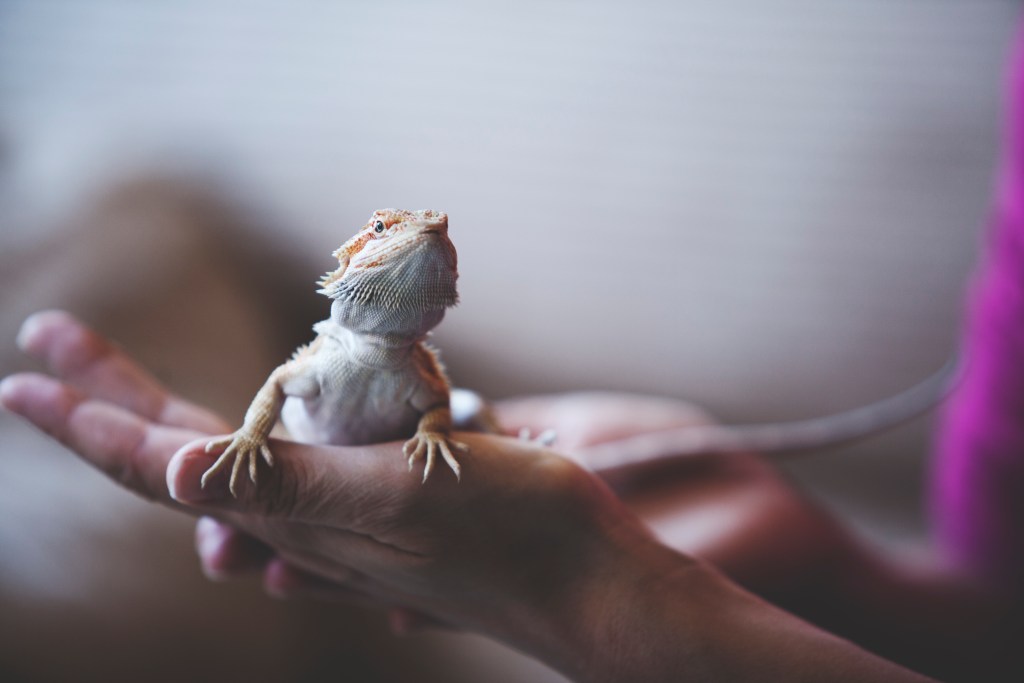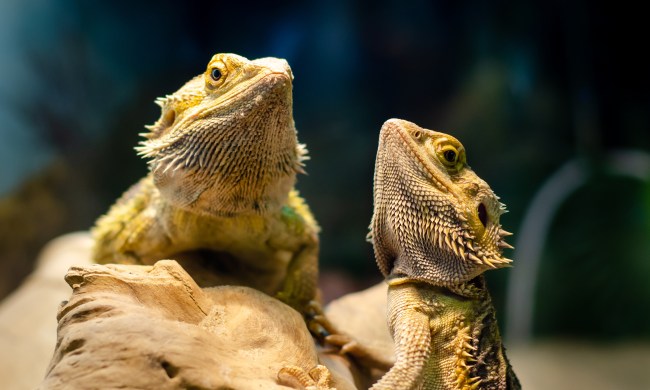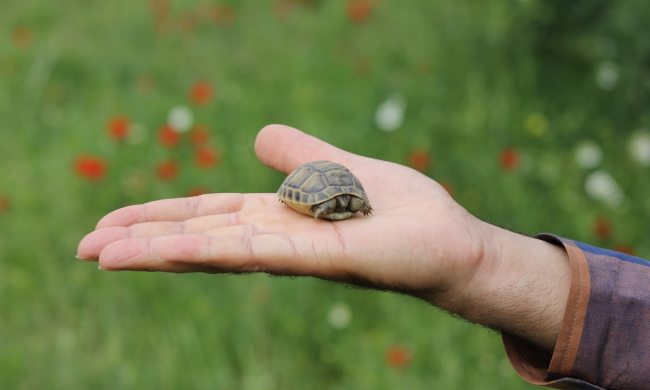When we bring home pets, we sign up to take care of them for life, including the less pleasant aspects of that. Reptiles, rodents, and birds all bring another aspect that is not part of owning a dog or cat: cleaning their cages. One of the best ways to actually improve your cage cleaning is to invest in a reptile carpet, which allows you to skimp on another substrate. But this still needs a good washing. Here’s how to clean a reptile carpet.

What is a reptile carpet?
All reptile tanks need something to go on the bottom. This serves as a substitute for the dirt, leaves, or sand that your pet would walk around on in the wild. You can choose a reptile carpet or another type of substrate, such as wood chips. Unlike those natural materials, the carpet does not need to be replaced frequently and instead should be cleaned.
How often should you clean a reptile carpet?
With any animal, you need to regularly clean up after her — to remove waste, uneaten food, and shedded skin (or fur). For those who live in cages or tanks, that means keeping it very tidy. Just as you would scoop out a litter box every day or pick up after your dog when he uses the park as his bathroom, so too you should set aside five minutes daily to spot-clean your pet’s home (we’ll go through the process in a minute). On top of that, you need to do a full deep clean every week.
How to spot-clean a reptile carpet
If you don’t keep on top of your ritual cleaning, you will soon find yourself overwhelmed by lizard poop. That’s why we recommend picking up a little bit each day. Your animal will leave a fair amount of droppings behind. When you go for your daily feeding, take a look around quickly and try to spot any poop or urine that you can see. You might want to throw on a pair of gloves and grab a rag to do the actual dirty work. Soak up any pee and pull out poop (you can use a little scooper if that works better). Then wipe down the spot with your wet rag. That’s all you’ll really need to do for your day-to-day treatment.

How to clean a reptile carpet for a leopard gecko
No matter what type of reptile you have — bearded dragon, gecko, or iguana — you will follow the same scrubbing process. Go through step by step to make sure you get it right and so your carpet lasts a good long while.
Set up your station
You’ll need the following: towel, brush, bucket, water, soap, gloves, and disinfectant spray. Have all this ready to go before you pull your pet and the carpet out of the enclosure. You want it to be as quick and steady a process as possible.
Pull out the accessories
Well, first you actually should pull out your little guy. Have a backup or carrier cage ready for her and include a snack in there so she’s not uncomfortable. Then get out all of the items (toys, dishes, etc.) and give them a wipe-down or wash as well.
Remove any food or feces
Even though you’re giving a once-over consistently, you still want to get those chunks off before submerging or rinsing. That way, you won’t dirty your water and can immediately dispose of the extra-gross stuff. Put it in a bag and put it outside.
Soak in water
Some owners give the reptile carpet a long rinse under a spout and some leave it in a bucket of water. It really depends on what works best for you with your setup. Regardless, you want to use cold water to prevent shrinkage and you must allow it to completely saturate.
Scrub thoroughly
Grab your pet-safe soap and apply it thoroughly. Launder it through with your scrub brush; really put your elbow grease into it. Then start in on the washing process. Remember you want to clear off all the soap and anything that still sticks to the carpet.
Leave your reptile carpet to dry
It’s crucial that you let this fabric dry completely before treating and replacing it. Mold loves damp surfaces and will happily grow if you don’t properly care for the whole system. Don’t use any heat but a fan is fine to speed things up.
Apply disinfectant
Even though you already diligently washed, you must complete this last step. A very diluted bleach or alcohol solution works, but if you don’t want to worry about getting the proportions correct, you can buy some pre-made.
Of course, you certainly don’t have to decide on a reptile carpet at all. You might just stick to a more natural substrate that you replace weekly instead of washing. Both work well though there are pluses and minuses to each one. Also, a few fancy models can go straight into the dishwasher and save you all of this trouble. Lastly, even the best-kept carpet will have to be tossed eventually. When holes or tears appear, throw it out and replace it.



